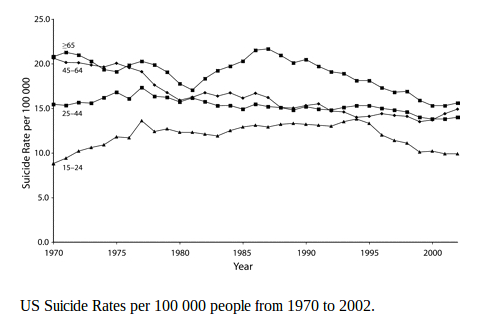Thomas Littleton’s Tenures (often New Tenures) was the first textbook written specifically on English land law. It was printed as a Textus Inclusus text, with wide margins for annotations. The language was a dialect of French called “law French”. The earliest copies emerged in the 1480s, but the text was popular throughout the 16th century and in use through the 21st. [http://collation.folger.edu/2015/11/extravagantly-large-paper/ cite]

In the work, Littleton attempts to make a classification of rights, each stated clearly at the beginning of a chapter, after which he discussed the various nuances of the application of the principle.
The work is clearly addressed to students of law,[https://en.wikipedia.org/wiki/Thomas_de_Littleton#Treatise_on_Tenures cite] and was distinguished by its focus on English law, excluding the civil law that governed continental countries.

At the time, copyright was not in force, so the original publisher had to fend off competition from other printers. [https://books.google.com/books?id=DTTVBAAAQBAJ&pg=PA94&lpg=PA94&dq=thomas+littleton+tenures+textbook+history&source=bl&ots=8hhn2k7K3E&sig=vKhLfNjLHomzwm7oM653zNPMk7A&hl=en&sa=X&ved=0ahUKEwj61_-Y8anJAhWJKogKHRtcDBk4ChDoAQgfMAE#v=onepage&q=thomas%20littleton%20tenures%20textbook%20history&f=false cite]
—–
The edition displayed above is an example of [[Textus Inclusus]].
Much like [[Suicide Clusters]].
kdljlk
jhgjkkjhgkjgjhgjhgkjgou uy uyg uyguyguyguy uy


